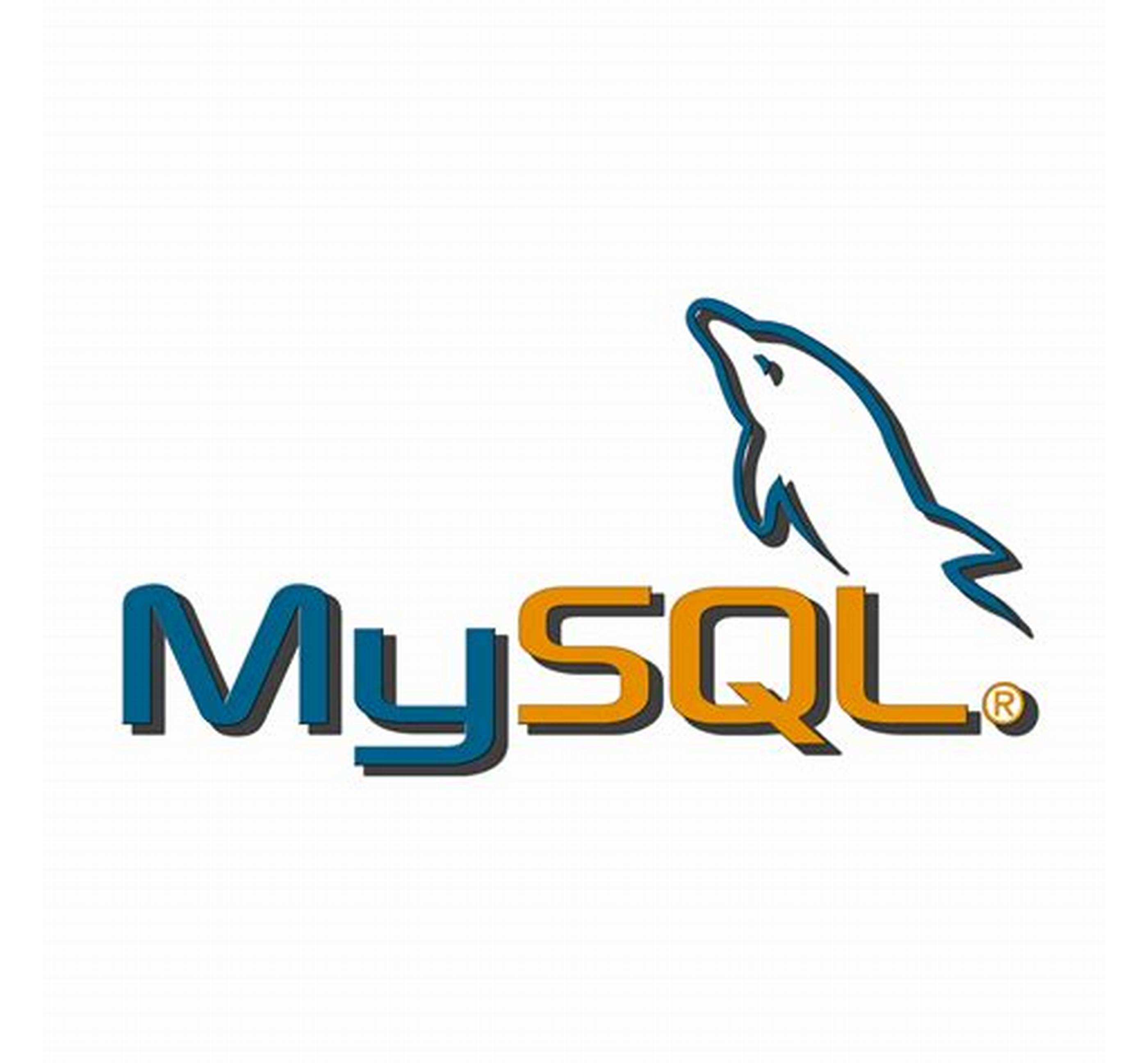Internationalized Navigation Menu in Gatsby.js
In a previous post, Creating a multilingual website with Gatsby, I built kodou.me. Kodou has a Japanese and and English version. The post was a bit long so I didn’t talk about some of the utilities I used and how to build the site’s navigation menu.
Quick Summary
In our previous post, we built a site in Japanese and English. The site’s default language is English. This means we have two URL types:
- The Japanese pages:
kodou.me/ja/team - The English pages
kodou.me/team
The different page versions are written in Cosmic JS. We make Gatsby aware of the languages we use in /config/languages. In gatsby-node.js, we create our pages by using templates which we populate with data from Cosmic JS.
Here’s a simplified version of what the team-members array returned by Cosmic JS might look like.
teamMembers = [
{
title: 'CEO',
fullName: 'Jack Misteli',
content: 'The CEO of the Company',
locale: 'en'
},
{
title: 'CEO',
fullName: 'ジャック・ミステリ',
content: '会社のCEO',
locale: 'ja'
}
]
After we received the teamMembers we create two objects jaTeamMembers and enTeamMembers. We populate templates/team with jaTeamMembers to create /ja/team and enTeamMembers to create /team.
Making Your Site Language-Aware
It’s important to be a good web citizen and make the sites we create accessible. So the first thing we need to do is add our languages to our site’s metadata. It might also help you get more targeted search results.
module.export = {
siteMetadata: {
title: `Kodou`,
description: `Kodou site description`,
author: `Jack Misteli `,
languages
},
//....
In our Gatsby application we also pass down to our templates the current language in the page’s context.
// langs contains the languages of our blog and default langKey is the default language of the site
// To be fully programmatic we could calculate langs
// here langs = ['en', 'ja'] and defaultLangKey = 'en'
const { langs, defaultLangKey } = require('../config/languages')
const path = require(`path`)
const { localizeUrl, createLanguagesObject } = require('../utils/localization')
module.exports = async (options, createPage, graphql) => {
const {query, pageName} = options
let templateName = options.templateName ? options.templateName : pageName
const result = await graphql(query)
if (result.errors)
console.error(result.errors)
const cosmicJSData = createLanguagesObject(langs)
Object.values(result.data)[0].edges.forEach(({ node }) => {
cosmicJSData[node.locale].push(node)
})
// we create a new page for each language
langs.forEach(lang => {
createPage({
// the localizeUrl function creates a url which takes into consideration what the default language is
path: localizeUrl(lang, defaultLangKey, '/team'),
component: path.resolve(`src/templates/team.js`),
context: {
profiles: profiles[lang],
// Here we pass the current language to the page
lang
}
})
})
}
Now we can access lang in our templates
const { lang } = props.pageContext;
Using the Internationalization API
The Intl API is used for string comparison, number formatting, and date and time formatting. It has a lot of cool features which we won’t explore here. We will simply use it here to display dates in the appropriate format.
We are adding the react-intl package in our Layout file.
import React from "react"
import { useStaticQuery, graphql } from "gatsby"
import "../styles/main.scss"
import Header from "./header"
import { IntlProvider, FormattedDate } from "react-intl"
const Layout = ({ children, location, lang }) => {
// We populated the siteMetaData in `gatsby-config.js` and are extracting it here for some extra language context
// The best practice here would be to directly get that data from `config` but I want to show different ways to do it
const data = useStaticQuery(graphql`
query SiteInfoQuery {
site {
siteMetadata {
title
languages {
defaultLang
langs
}
}
}
}
`)
// langs is an array of all the supported languages
// defaultLang is the default site language
// title is the website's title
const {langs, defaultLang, title} = data.site.siteMetadata
return (
// We use IntlProvider to set the default language of our page
<IntlProvider
locale={lang}
defaultLocale={defaultLang}
>
<Header
location={location}
defaultLang={defaultLang}
languages={langs}
siteTitle={title} />
<main className="section">
<div className="container">
{children}
</div>
</main>
<footer>
<div className="footer">
<div className="content has-text-centered">
{/* FormattedDate will format our date according to the language we set in IntlProvider locale prop */}
© <FormattedDate value={new Date()}
year="numeric"
month="long"
day="numeric"
weekday="long" />, Built by
<a href="https://jmisteli.com"> Jack Misteli</a>
</div>
</div>
</footer>
</IntlProvider>
)
}
export default Layout
When the page is generated in English, <FormattedDate> will return Monday, December 9, 2019. When the page is generated in Japanese <FormattedDate> will return 2019年12月9日月曜日.
Creating a Menu
You can see that in Layout we have a Header component. We pass all the language information to the header except the current language prop. We don’t pass it because I want to show you another way to the page’s current language.
import { Link } from "gatsby"
import PropTypes from "prop-types"
import React from "react"
import { getCurrentLangKey, getLangs, getUrlForLang } from 'ptz-i18n'
import langmap from 'langmap'
import { localizeUrl, buildMenu } from '../../utils/localization'
const Header = ({ languages, location, defaultLang}) => {
const url = location.pathname
const currentLangKey = getCurrentLangKey(languages, defaultLang, url)
// Create a home link by adding a slash before the language and if it
const homeLink = localizeUrl(currentLangKey, defaultLang, '/')
// Get langs return language menu information
// langsMenu will allow us to build a dropdown with all the available language options
const langsMenu = buildMenu(languages, defaultLang, currentLangKey, url)
// On the `/team` page this will return the following array
// [{selected: true, link: "/team/", langKey: "en"},
// {selected: false, link: "/ja/team/", langKey: "ja"}]
// All the navigation menu item titles
const allLanguageTitles = {
'en':['Concept', 'Work', 'Team', 'News', 'Contact'],
'ja': ['コンセプト', '仕事', 'チーム', 'ニュース', '連絡先']
}
// Selecting the current language and default to english titles
const currentLanguageTitles = allLanguageTitles[currentLangKey] || allLanguageTitles['en']
// allNavigationLinks contains all the pages name, with urls in every supported language
const allNavigationLinks = currentLanguageTitles.map((page, i) => ({
name: page,
url: `${homeLink.replace(defaultLang, '')}${allLanguageTitles.en[i].toLowerCase()}`
}))
// On the English page it will return
// [{name: "Concept", url: "/concept"}, {name: "Work", url: "/work"}, {name: "Team", url: "/team"}...]
// [{name: "コンセプト", url: "/ja/concept"}, {name: "仕事", url: "/ja/work"}, {name: "チーム", url: "/ja/team"} ...]
return (
<nav>
<Link to={homeLink} className="navbar-item">
HOME
</Link>
{allLinks.map((link, i) => (
<Link key={i} to={link.url} className="navbar-item">
{link.name.toUpperCase()}
</Link>
))}
<div className="navbar-language-menu">
<div className="current-language">
// langmap is an object with the language keys as object keys and english, original versions of the language
{langmap[langKey]['englishName']}
</div>
<div className="all-languages-dropdown">
{langsMenu.map((lang)=>(
!lang.selected &&
<Link key={lang.langKey} to={lang.link} className="navbar-item">
{langmap[lang.langKey]['englishName']}
</Link>
))}
</div>
</div>
</nav>
)}
export default Header
And that’s it, you have a navigation menu in different languages which adapts its links according to the user’s current language. If you want to check out the utility functions I built they are available in the GitHub repo.
更多推荐
 已为社区贡献3634条内容
已为社区贡献3634条内容







所有评论(0)